Summary
- PlayStation’s success in the 90s was driven by third-party support, not mascots like Nintendo.
- Games like Crash Bandicoot, Tomb Raider, and Metal Gear Solid defined PlayStation’s legacy.
- Family-friendly titles like Spyro and the horror game Resident Evil were crucial to PlayStation’s appeal.
Sony’s entrance into the games console market with the PlayStation was explosive and definitive. It is highly unlikely that a success on the scale of the PS1 could be recreated today, yet in 1994, Sony threw its hat into the ring and emerged victorious. What followed was a decade of dominance over console gaming.
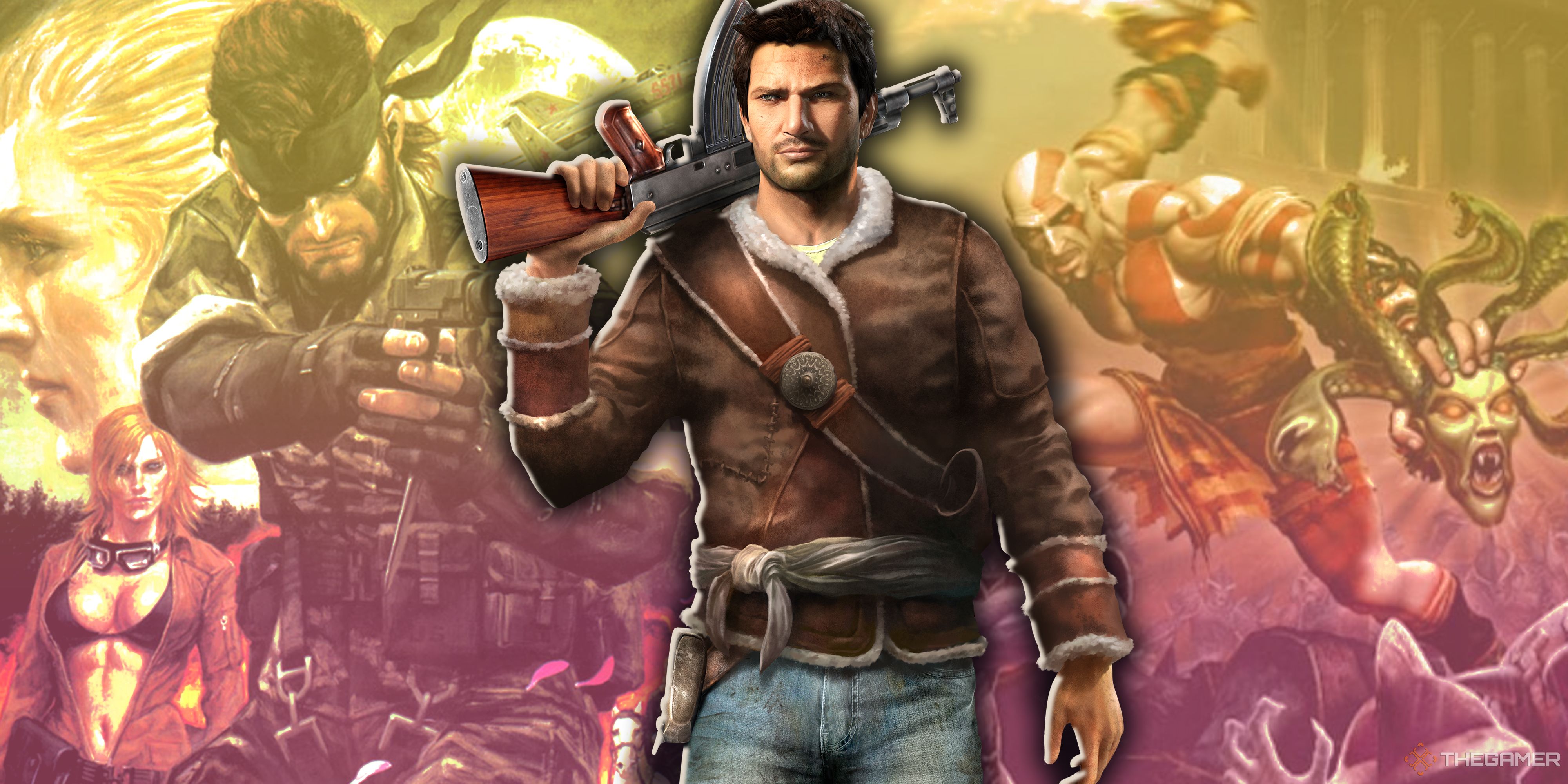
Related
The Best PlayStation Game For Each Year Of The 2000s
We’ve picked out the very best PlayStation games for each year of the 2000s.
Unlike Nintendo, Sony did not have a litany of mascot characters and first-party series to push its brand. The PlayStation’s success came down to its overwhelming third-party support. Even though a lot of these games are no longer PlayStation exclusives, they are an indelible part of the brand’s history. Here are eight games that built the house of play.
8
Crash Bandicoot
The 90s were defined by mascot platformers: Nintendo had its trusty Mario in the red corner, and Sonic was fighting out of the blue corner despite Sega’s waning fortunes. The PlayStation brand needed a mascot of its own: one that would be colourful, have a simple design, and serve as a family-friendly symbol for Sony.
When Naughty Dog started developing Crash Bandicoot, Sony found its mascot. Not only was this jorts-wearing bandicoot a whimsical brand ambassador, his games were fun to play. The first Crash title competed directly with Super Mario 64, proving that you didn’t need an analog stick to have fun – a D-pad and clever level design would do just fine.
In the sixth generation, Crash stopped being a PlayStation mascot, appearing on other consoles and being relegated to third-party status.
7
Tomb Raider
In the 90s, video games were seen as a childish hobby: the overwhelming amount of cartoonish mascots did not help the medium’s case. There was also a dearth of strong female protagonists in video games: Metroid’s Samus had yet to be rendered in 3D. Enter Lara Croft, a British archaeologist who could give Indiana Jones a run for his money.
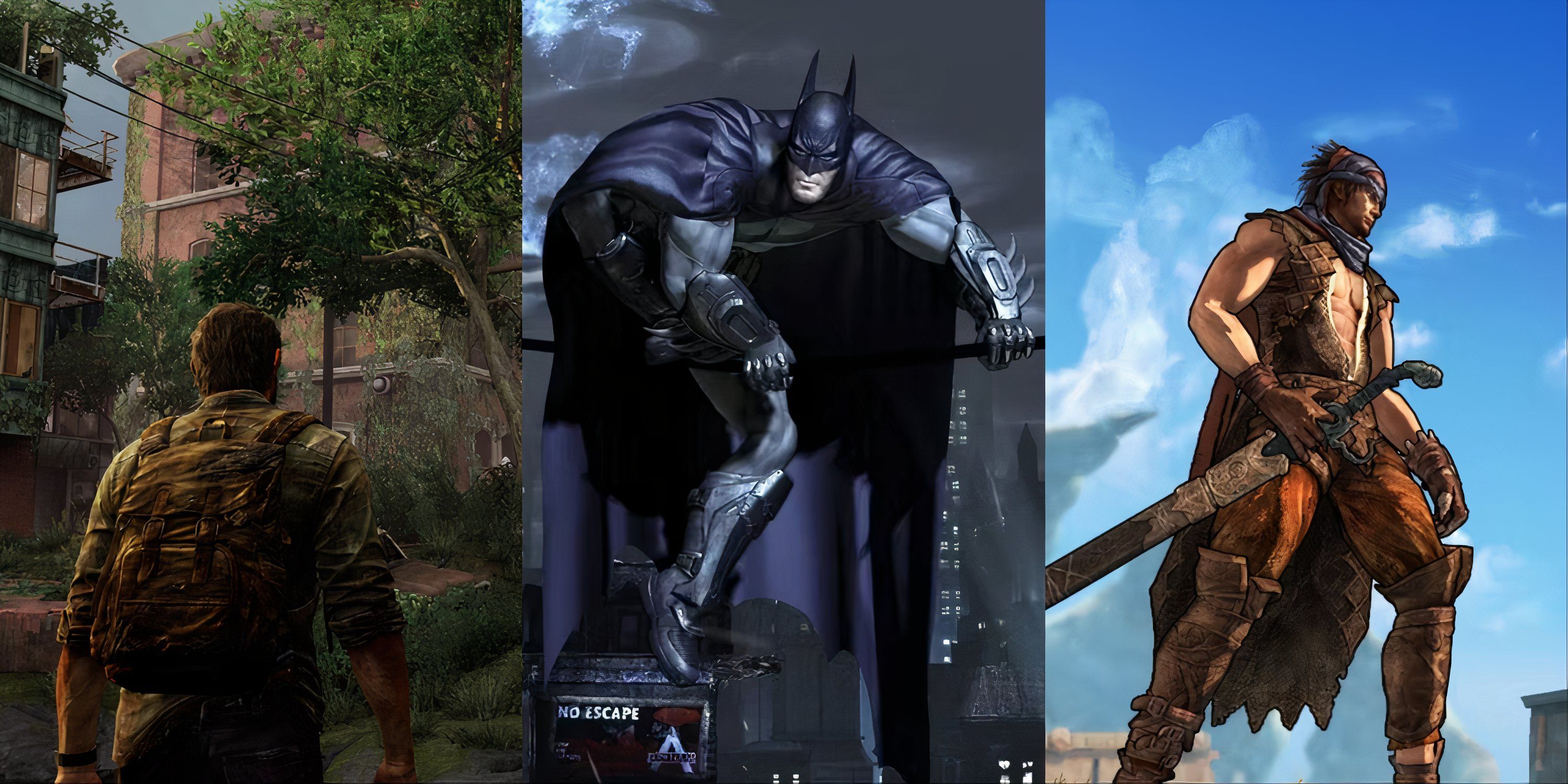
Related
Games To Play If You Like Tomb Raider
If you like the action series Tomb Raider, here are some similar games to play when you’re done!
Lara was tough and more appealing to an older demographic, yet had a simple design that made her as easy to identify as any mascot character. Her games garnered acclaim for their realistic environments and extreme challenge. Lara’s popularity exploded in the late 90s: she was a household name even among non-gamers, and her association with the PlayStation brand helped the console immensely.
6
Gran Turismo
An oft-overlooked aspect of the gaming industry is the impact of casual audiences. Not every person who buys a console will own a bookshelf’s worth of titles: sports and racing games represent an entry point for people who might not enjoy more time-consuming titles.
Gran Turismo bridged the gap between the casual and hardcore audiences with racing simulation gameplay that was deep and engaging enough for dedicated gamers, and boasted realistic graphics and audio that would convince non-gamers to check it out. At over ten million units sold, Gran Turismo is the most commercially successful title on the PS1: who wouldn’t want to play this?
It is a debate that carries on even today: do video games have the same artistic merit as films? Released in 1998, Metal Gear Solid was a solid case against media snobbery. It was designed, in the words of Hideo Kojima himself, as a game that adults who didn’t have much time for gaming could finish easily.

Related
MGS had a thrilling espionage plot that put most big-budget films of the 90s to shame. It also established PlayStation as the home of mature, thought-provoking games. MGS had hours’ worth of political discussion, while the extent of dialogue on competing consoles amounted to short yelps and grunts.
Before switching to PlayStation, Kojima envisioned a Metal Gear game on the 3DO Interactive Multiplayer. It never entered production.
4
Spyro The Dragon
While PlayStation’s strategy of hoarding games that appealed to mature audiences was a massive success, credit has to be given to Insomniac for realizing the console needed family-friendly titles too. Crash Bandicoot might look cute enough, but ask anyone who’s played it, and they’ll tell you that its thumb-blistering gameplay is not for children.
In contrast, Spyro the Dragon was a whimsical platformer with a magical world and friendly characters where you couldn’t get a game over if you tried. For those who wanted to keep their children occupied, or simply enjoy a stress-free gaming session themselves, Spyro was the way to fly.
3
Resident Evil
Horror is now one of the most popular genres in gaming, but this wasn’t always the case. Due to both hardware limitations and publishing bias, horror games were not often greenlit on 16-bit consoles. Nintendo and Sega were more interested in colourful platformers and shooters than slow-paced scares. Even on PC, the horror genre was limited to Alone In The Dark and some outsider-art projects like Harvester.
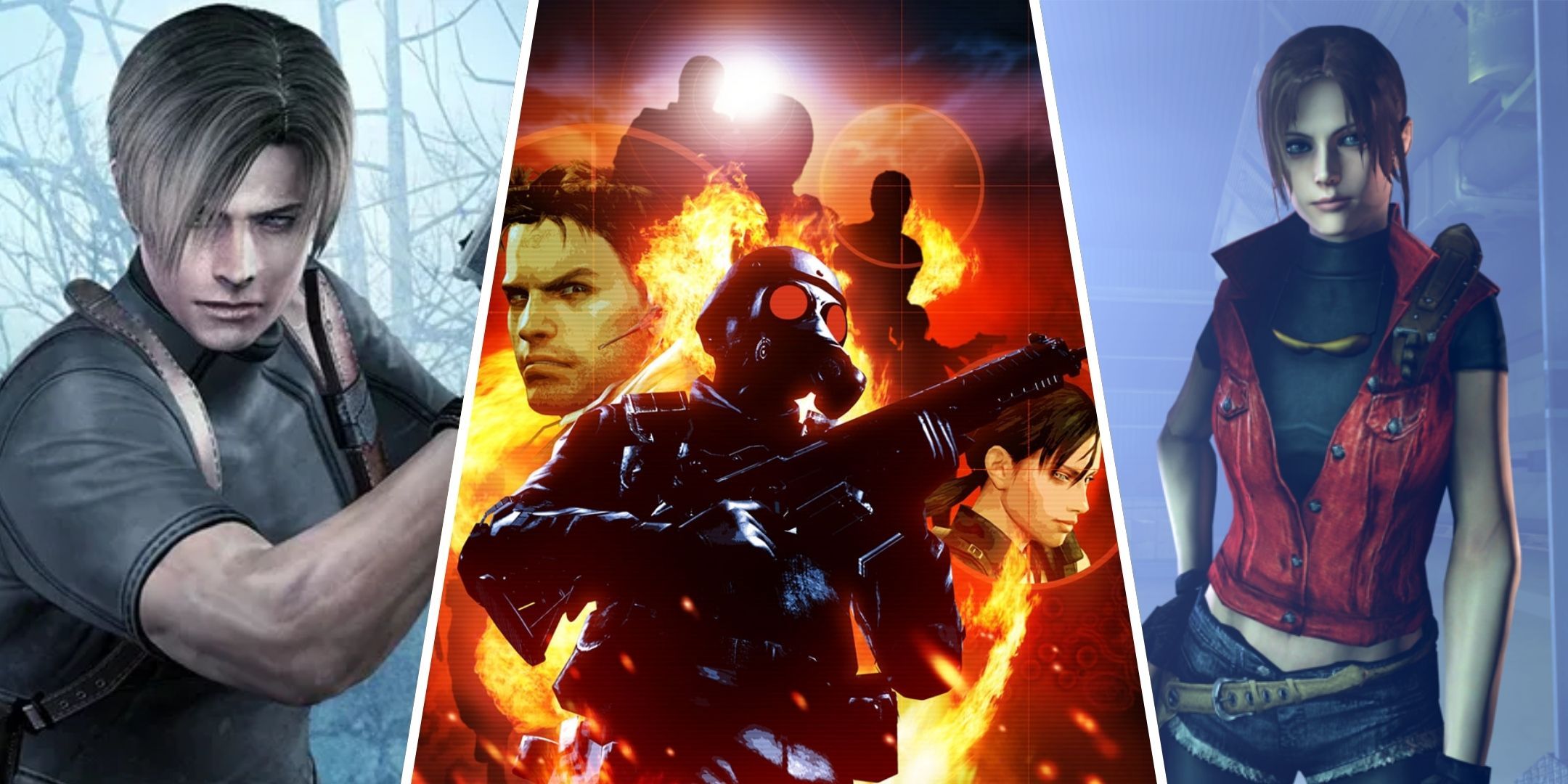
Related
Resident Evil: 10 Characters With The Most Appearances
Which Resident Evil characters have popped up most often?
Resident Evil launched on the PlayStation in 1996 and immediately established the console as the house of horror. If you wanted fear, PlayStation was where you felt it. Even older horror series like Clock Tower switched to PlayStation, with the first game receiving a port. Nintendo attempted the same strategy with its GameCube, greenlighting various Resident Evil titles, but many people see the announcement of RE4’s PS2 port as the moment when the GameCube truly died.
Resident Evil received a Saturn port in 1997, which was notably gorier than the PlayStation version. It also had a battle mode and an exclusive enemy called a Tick, which has never appeared in the series since.
2
Tekken
Fighting games were crucial to a console’s success in the 90s. In the fourth generation, one of the biggest debates surrounding Mortal Kombat was whether its SNES or Genesis port was superior. Street Fighter 2’s launch on the SNES is a defining moment in the console’s history.
For PlayStation, no fighting game series has done more than Tekken. The original game was the first PlayStation title to sell over a million copies, as its intuitive control scheme enticed new audiences to pick it up. Tekken 2 and 3 went on to become classics that put PlayStation ahead of not just Nintendo and Sega, but also arcades. Following in the original’s footsteps, Tekken Tag Tournament was a launch title for the PS2 and its earliest killer app.
1
Final Fantasy 7
Square’s decision to abandon Nintendo for PlayStation represents a seismic shift in the games console industry. The developer, whose Final Fantasy series had been a faithful part of Nintendo’s 8-bit and 16-bit lineups, decided that the N64’s hardware was ill-suited to its ambition.
With its compact disc capabilities, the PlayStation was a much better fit for what Square was looking to accomplish: huge 3D worlds, dozens of full-motion video cutscenes, and high-quality audio that did Nobuo Uematsu’s compositions justice. Final Fantasy 7 was too big for the N64; it was almost too big for the PS1 too, spanning three discs. FF7’s success opened the floodgates for JRPGs to finally break through in the West and started Square’s golden age on PlayStation.
5:37
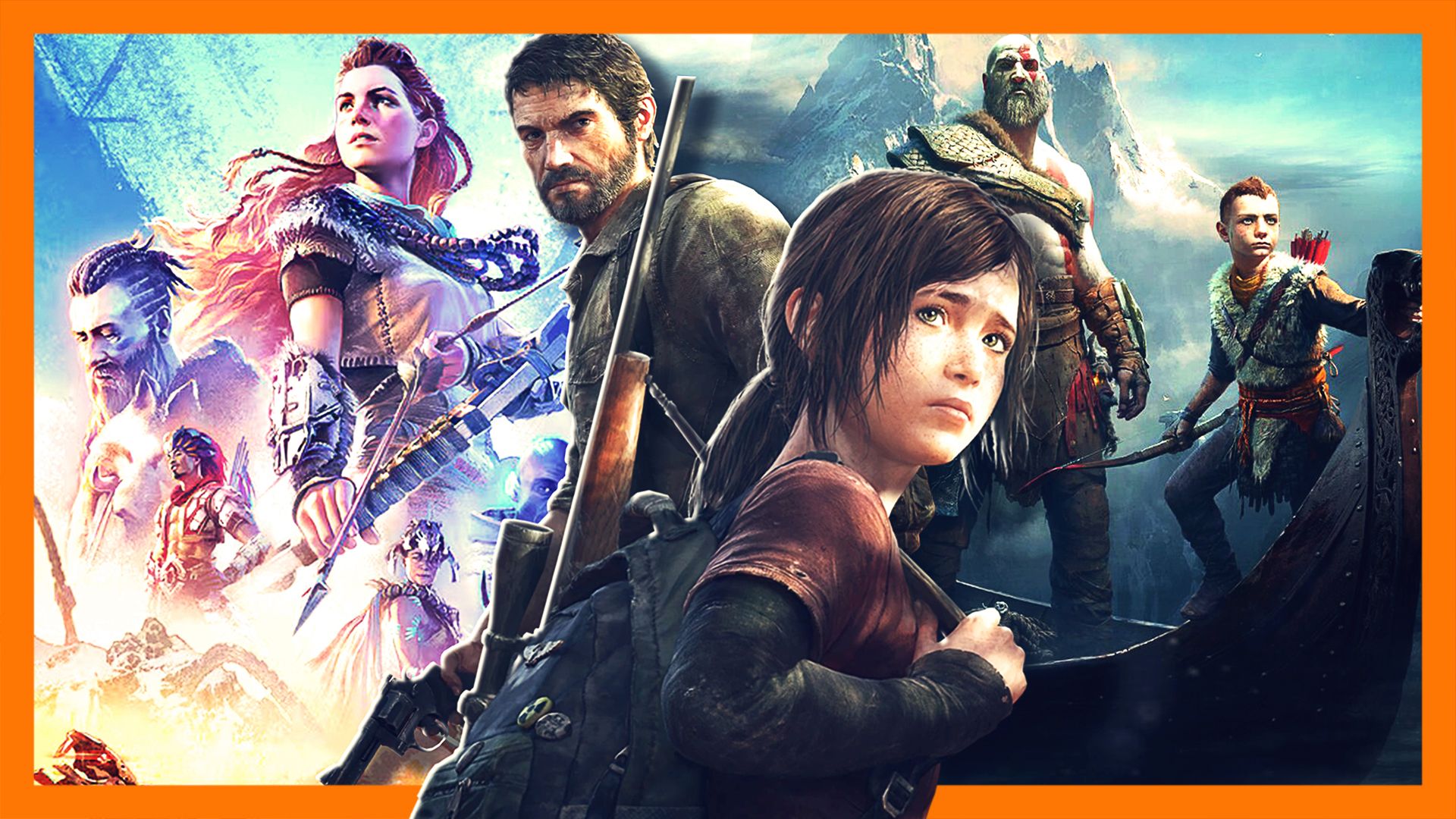
Related
10 Best PlayStation Games Of The 2010s
A fantastic era for gaming, especially for PlayStation owners!





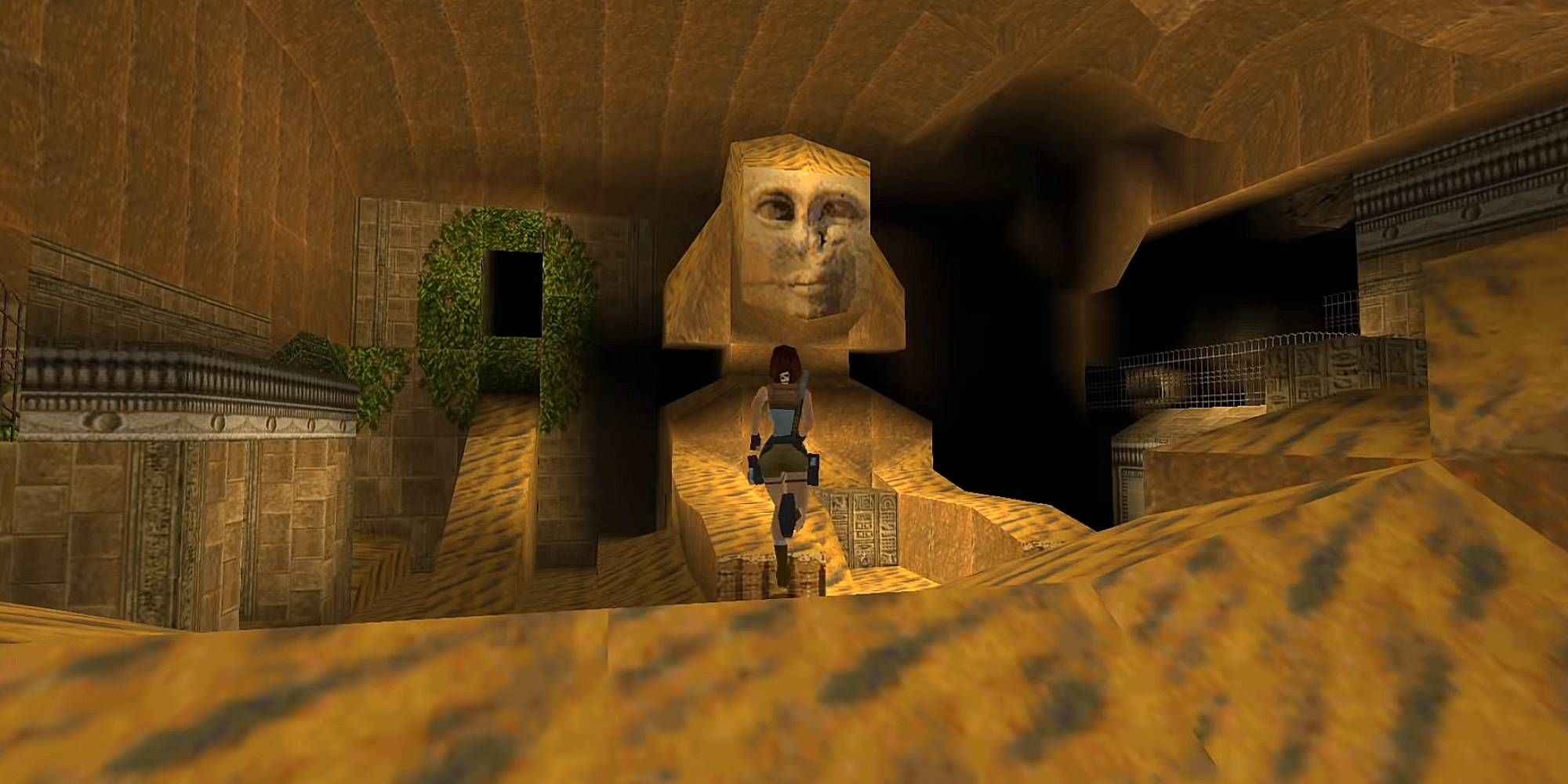
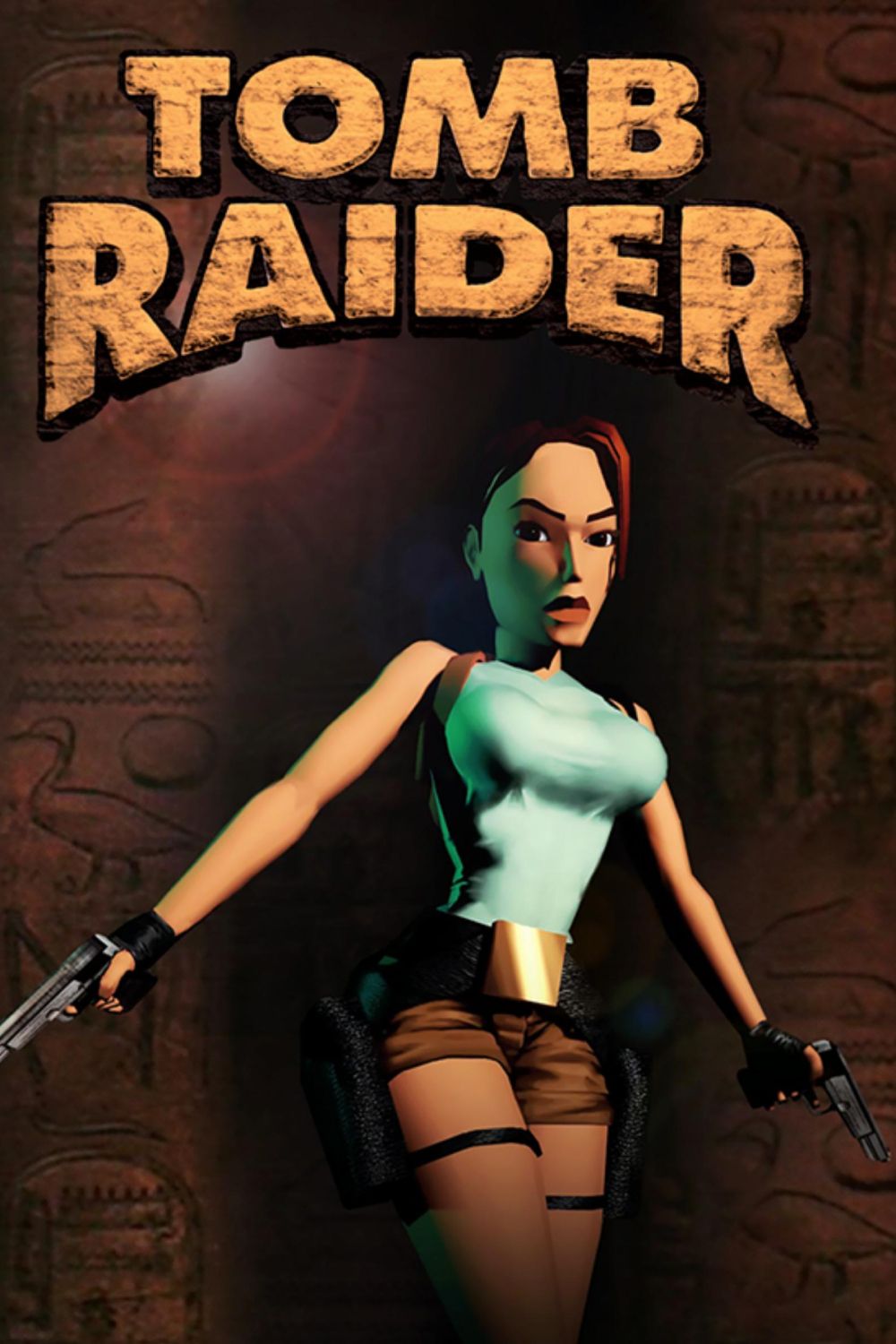
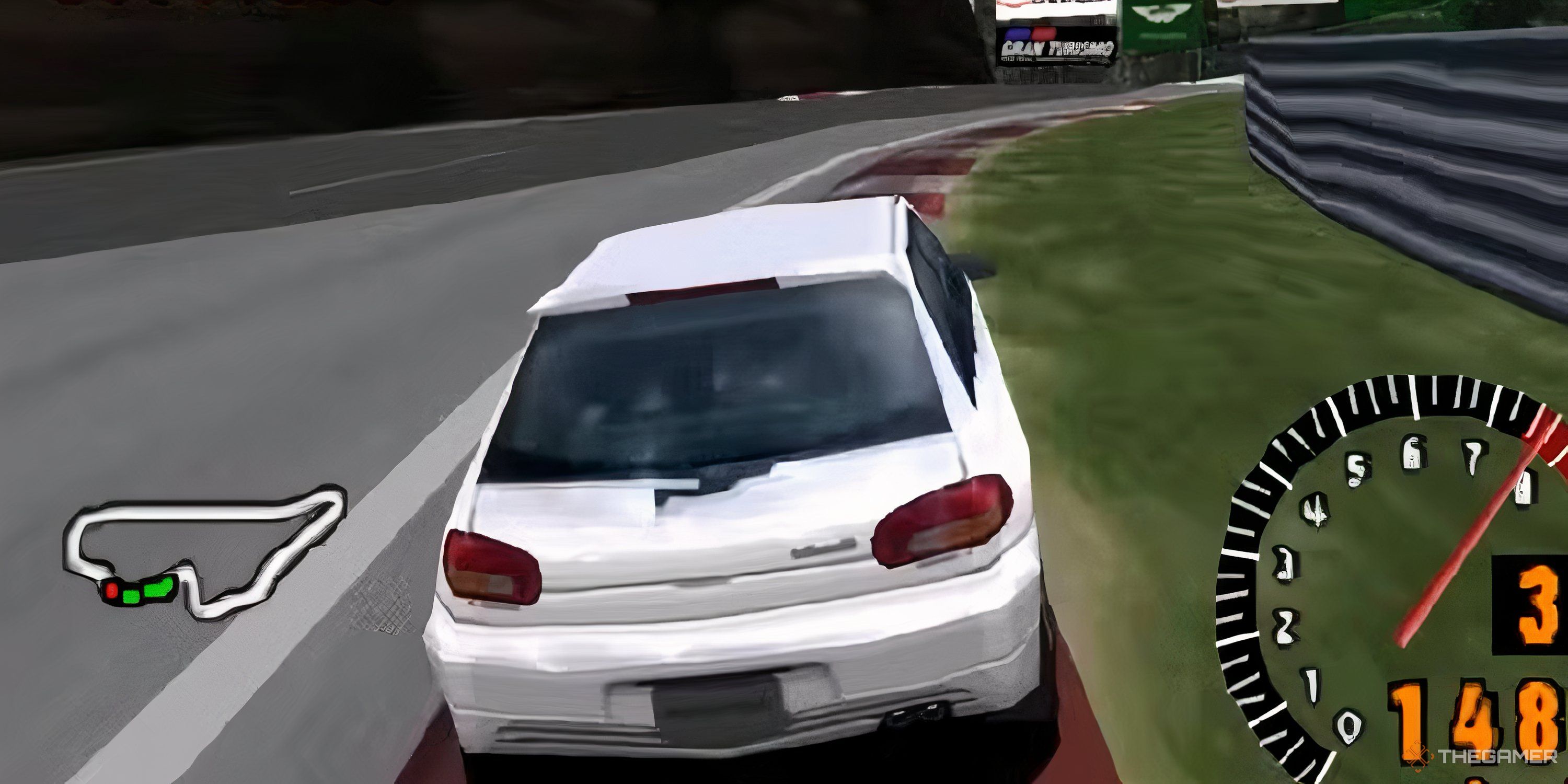


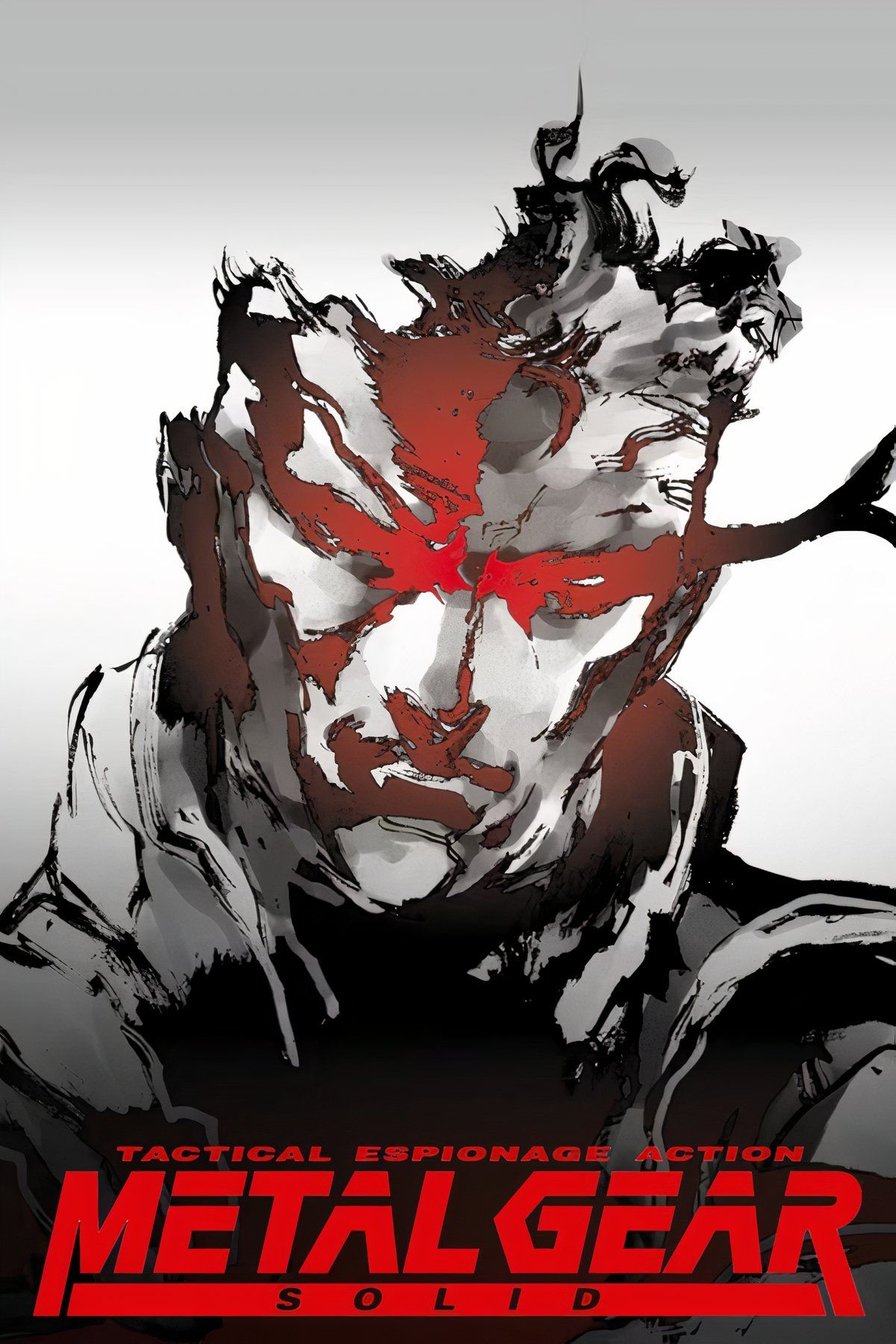


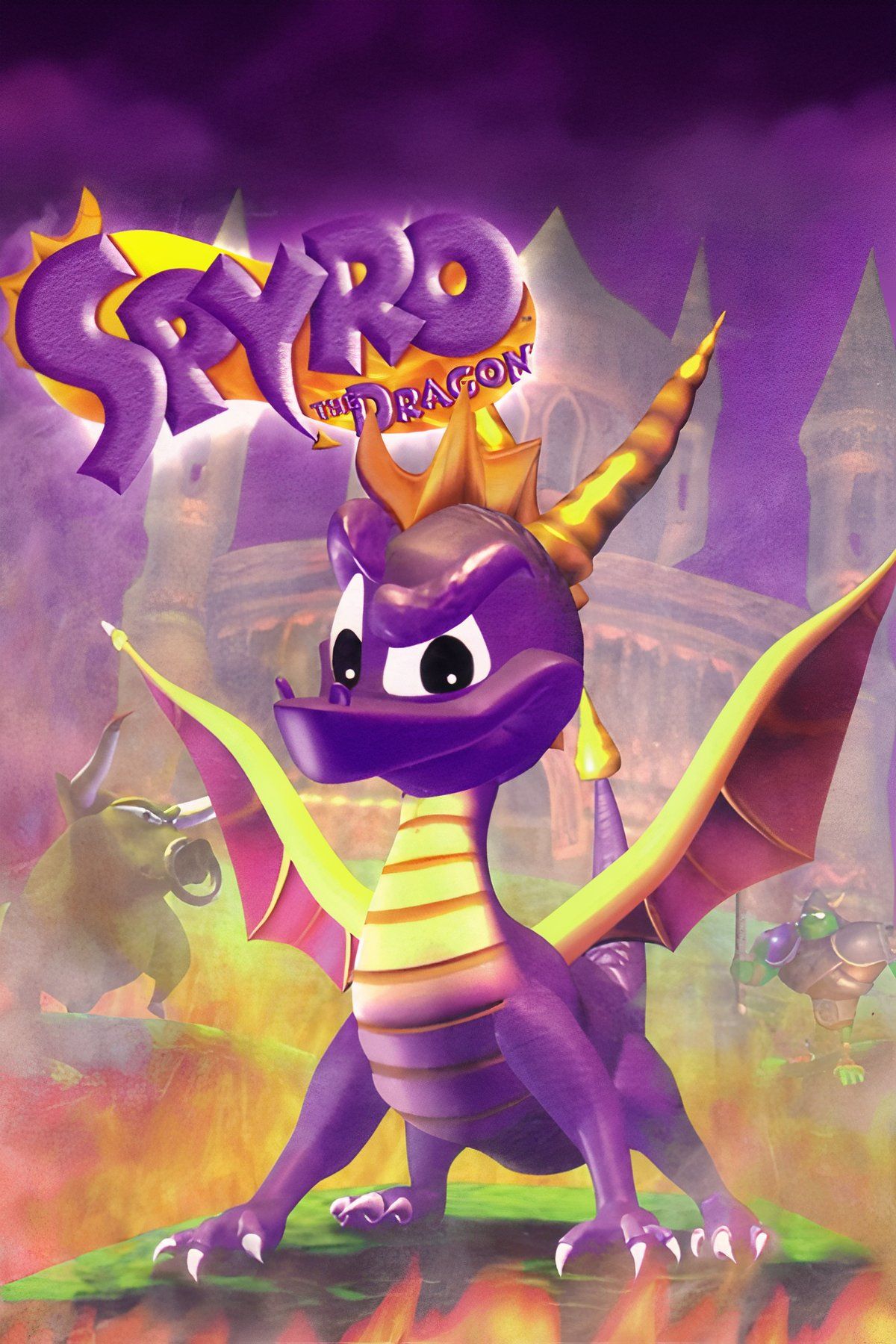

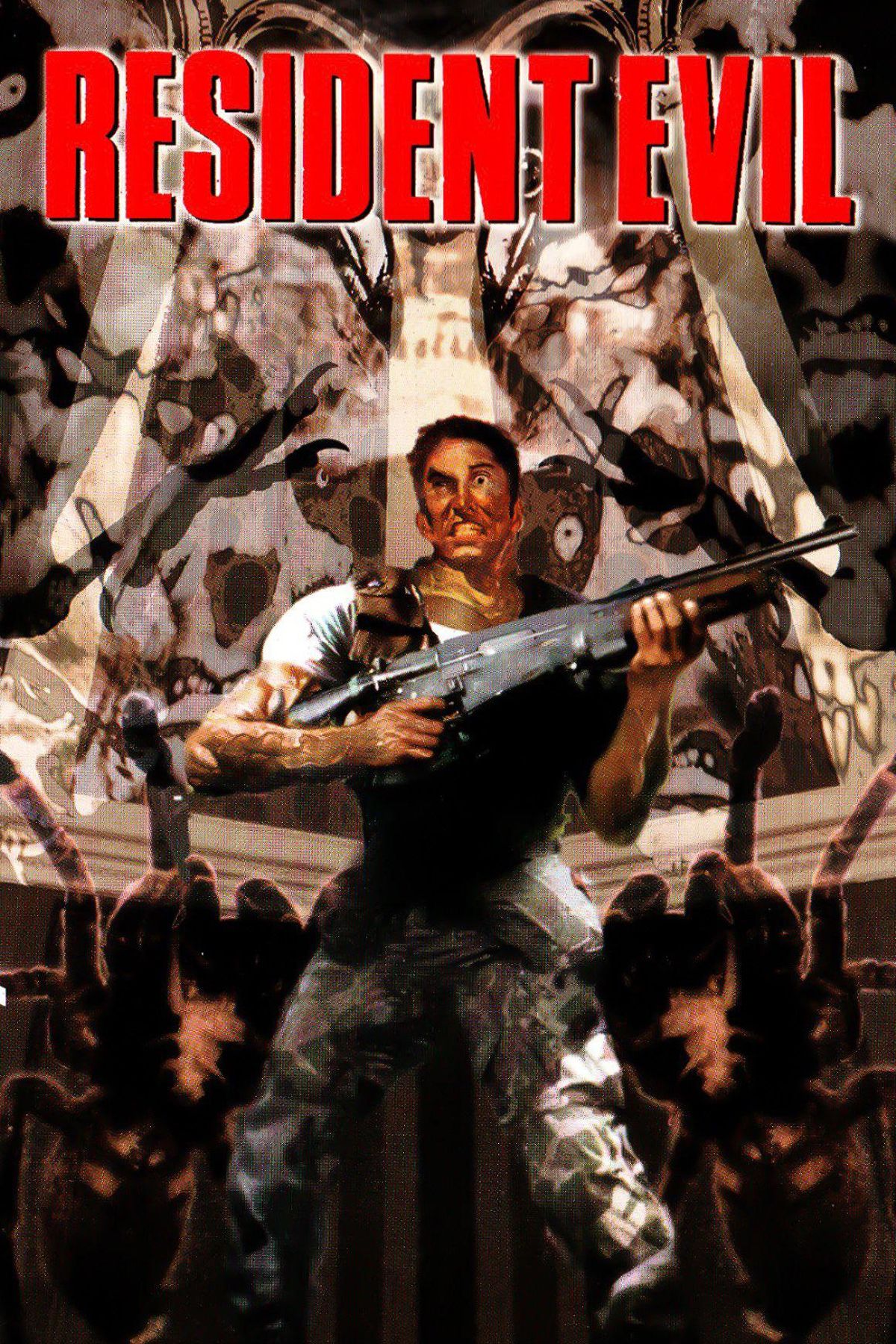
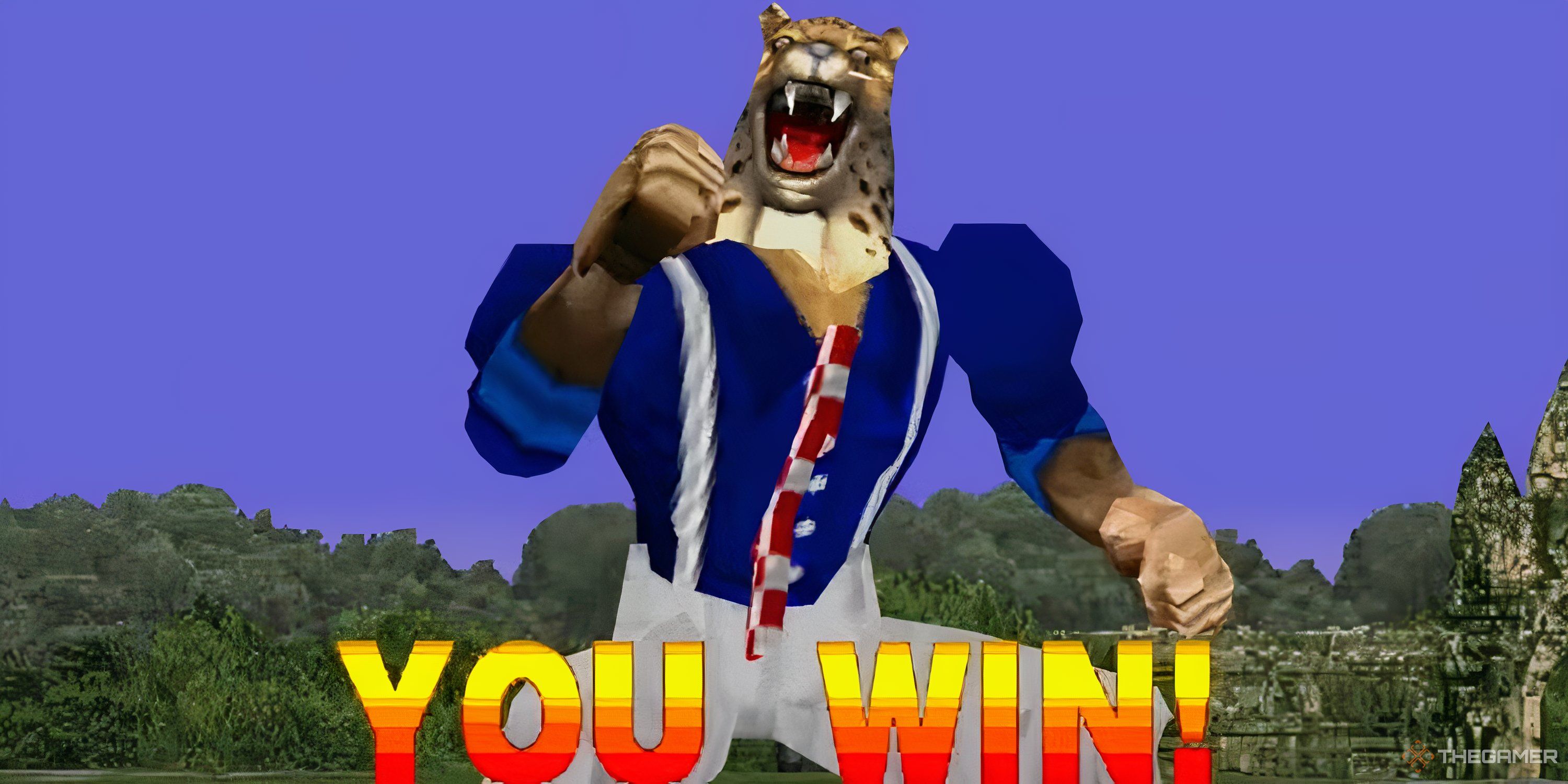
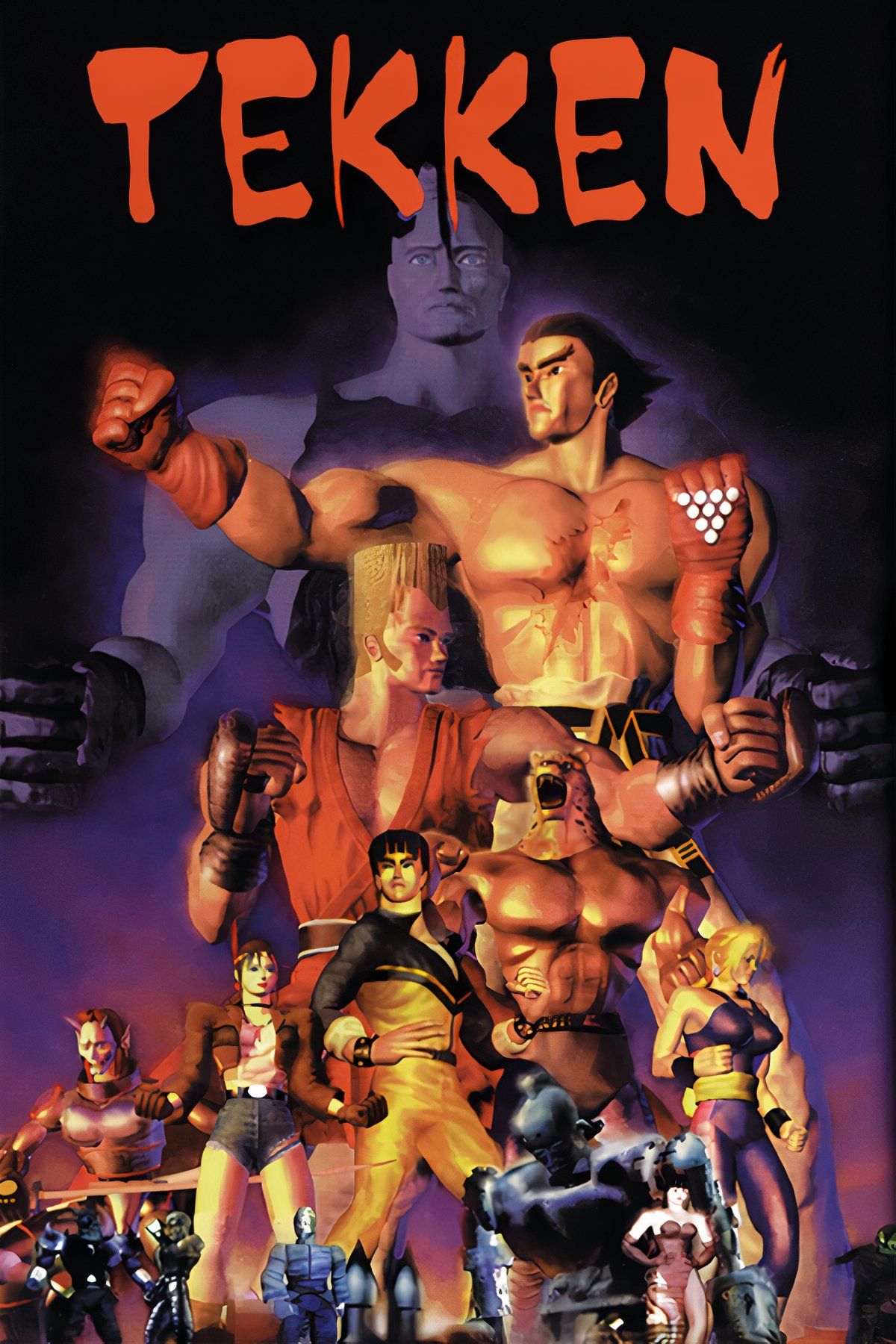
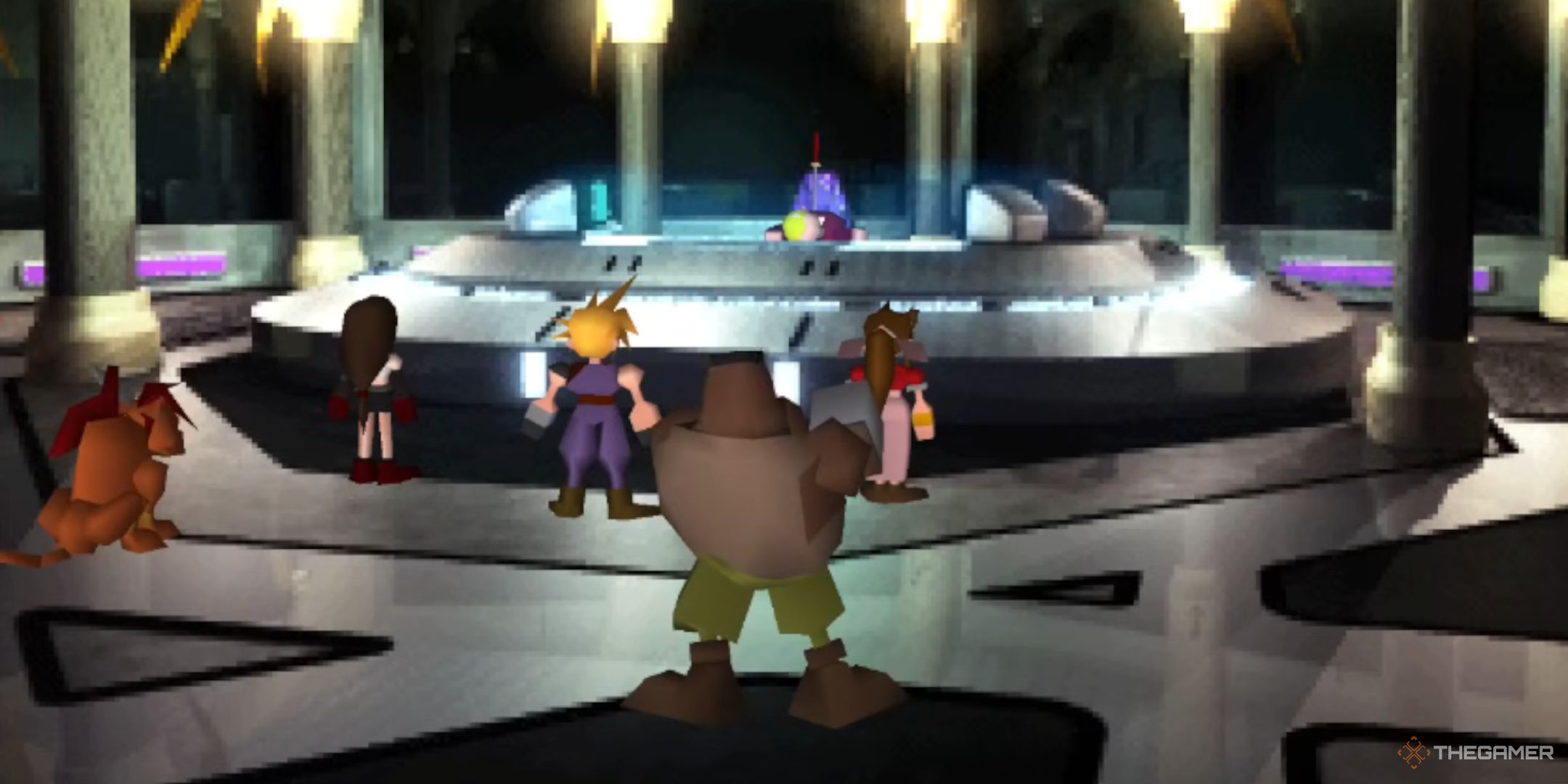
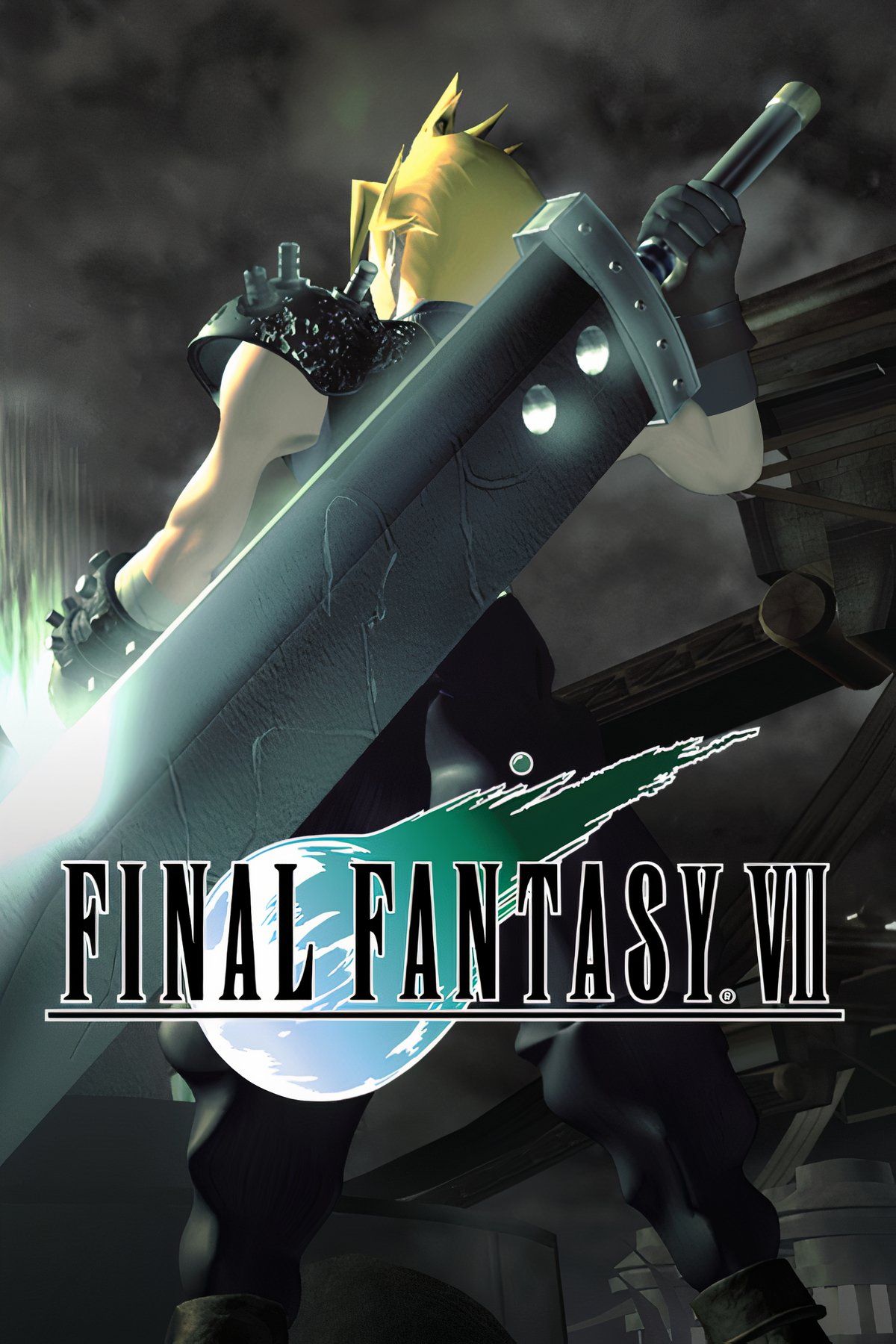
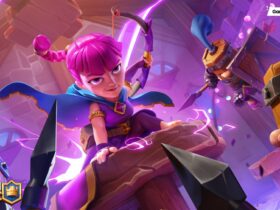




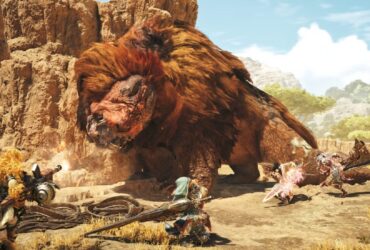
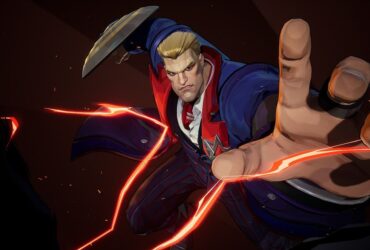

Leave a Reply